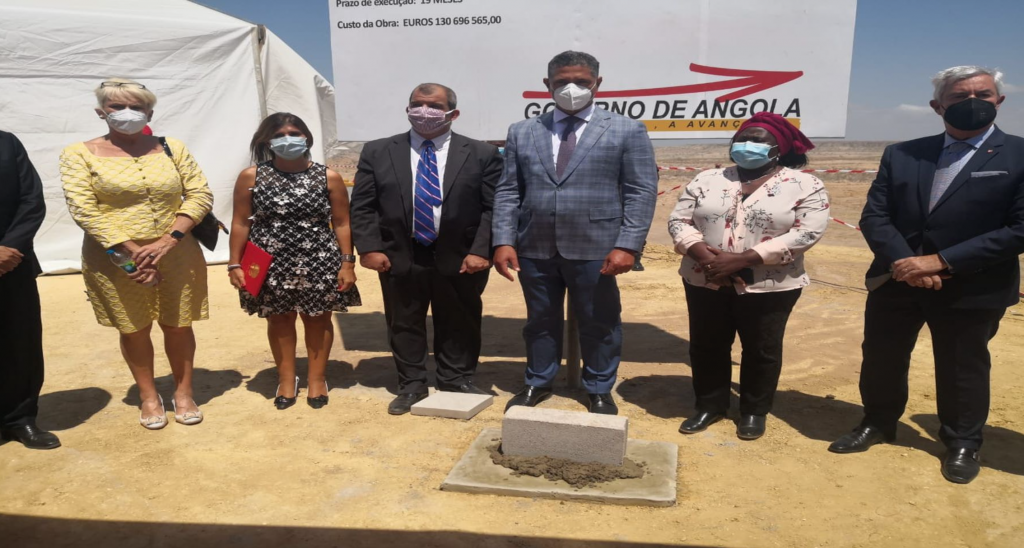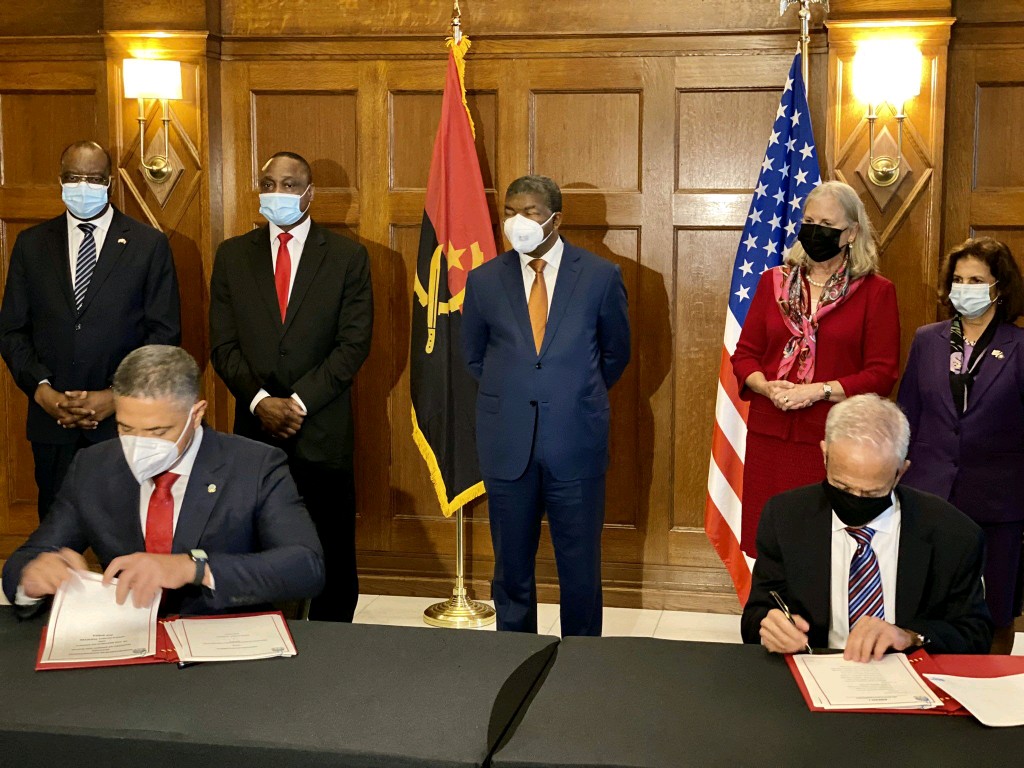Earlier this year, the consortium of Sun Africa, MCA Solar Angola and Hitachi ABB Power Grids broke ground on 370 MW of solar PV projects in Angola. These are split across seven different facilities now under-construction, including the 188.88 MWdc Biopioa solar plant and the 96.70 MWdc Benguela solar plant.
These are developed under a $650m integrated solar project that sees Sun Africa acting as developer while the MCA Group is the EPC contractor and Hitachi ABB Power Grids the original equipment manufacturer.
The scheme benefits from a €560m export credit from Sweden and is also financed by K-Sure of South Korea and the Development Bank of Southern Africa (DBSA). The facilities will be mostly supplied by Swedish contractors, from substations to steel frameworks, with Hitachi ABB Power Grids in Sweden delivering 50% of the Swedish scope of work. The rest will come from NEXTracker’s facility in Fremont (California) and Sun Africa’s facility in Miami (Florida).

But Sun Africa took its commitment to Angola a step further this week with the signing of a memorandum of understanding for the development of Africa’s largest mini-grid and rural electrification project at a cost of $1.5bn.
The MoU was signed between Angolan Minister of Energy and Water João Baptista Borges during a roundtable organized by the US Chamber of Commerce, in the presence of Angolan President João Lourenço.
The project targets increased electrification rates in the provinces of Namibe, Cuando Cubango, Huila and Cunene via the development of mini-grid solar systems and the construction of new substations. The U.S. Exim Bank is expected to provide the bulk of financing.
According to the International Energy Agency, less than half of Angola’s population had access to electricity in 2019. While the country has so far mostly relied on hydropower and thermal sources of energy, it also has a high solar resource potential, and its average annual global radiation is estimated at between 1370 and 2100 kWh/m2/year. With this resource, Angolan authorities believe they could install a solar power generation capacity of 55,000 MW.
Details on the Benguela and Biopio solar PV facilities are available in the “Projects” section within your Hawilti+ research terminal.

